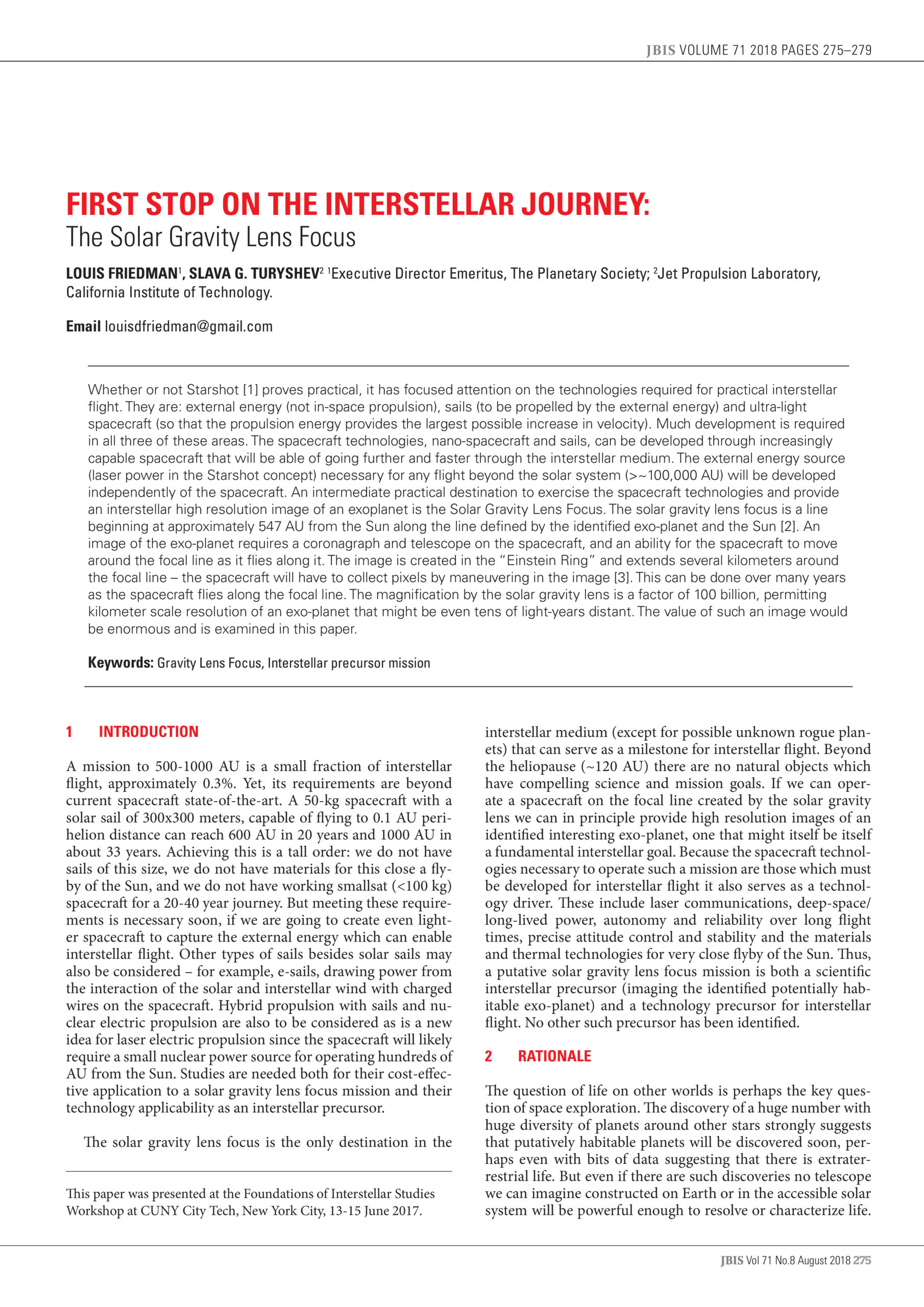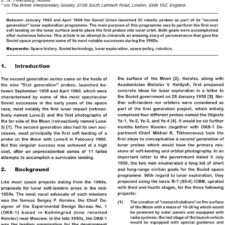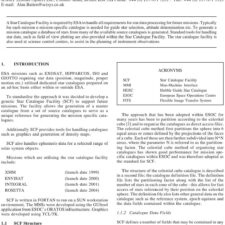First Stop on the Interstellar Journey: The Solar Gravity Lens Focus
£5.00
L. Friedman et al. (2018), JBIS, 71, pp.275-279
Refcode: 2018.71.275
Keywords: Gravity Lens Focus, Interstellar precursor mission
Abstract:
Whether or not Starshot [1] proves practical, it has focused attention on the technologies required for practical interstellar flight. They are: external energy (not in-space propulsion), sails (to be propelled by the external energy) and ultra-light spacecraft (so that the propulsion energy provides the largest possible increase in velocity). Much development is required in all three of these areas. The spacecraft technologies, nano-spacecraft and sails, can be developed through increasingly capable spacecraft that will be able of going further and faster through the interstellar medium. The external energy source (laser power in the Starshot concept) necessary for any flight beyond the solar system (>~100,000 AU) will be developed independently of the spacecraft. An intermediate practical destination to exercise the spacecraft technologies and provide an interstellar high resolution image of an exoplanet is the Solar Gravity Lens Focus. The solar gravity lens focus is a line beginning at approximately 547 AU from the Sun along the line defined by the identified exo-planet and the Sun [2]. An image of the exo-planet requires a coronagraph and telescope on the spacecraft, and an ability for the spacecraft to move around the focal line as it flies along it. The image is created in the “Einstein Ring” and extends several kilometers around the focal line – the spacecraft will have to collect pixels by maneuvering in the image [3]. This can be done over many years as the spacecraft flies along the focal line. The magnification by the solar gravity lens is a factor of 100 billion, permitting kilometer scale resolution of an exo-planet that might be even tens of light-years distant. The value of such an image would be enormous and is examined in this paper.





